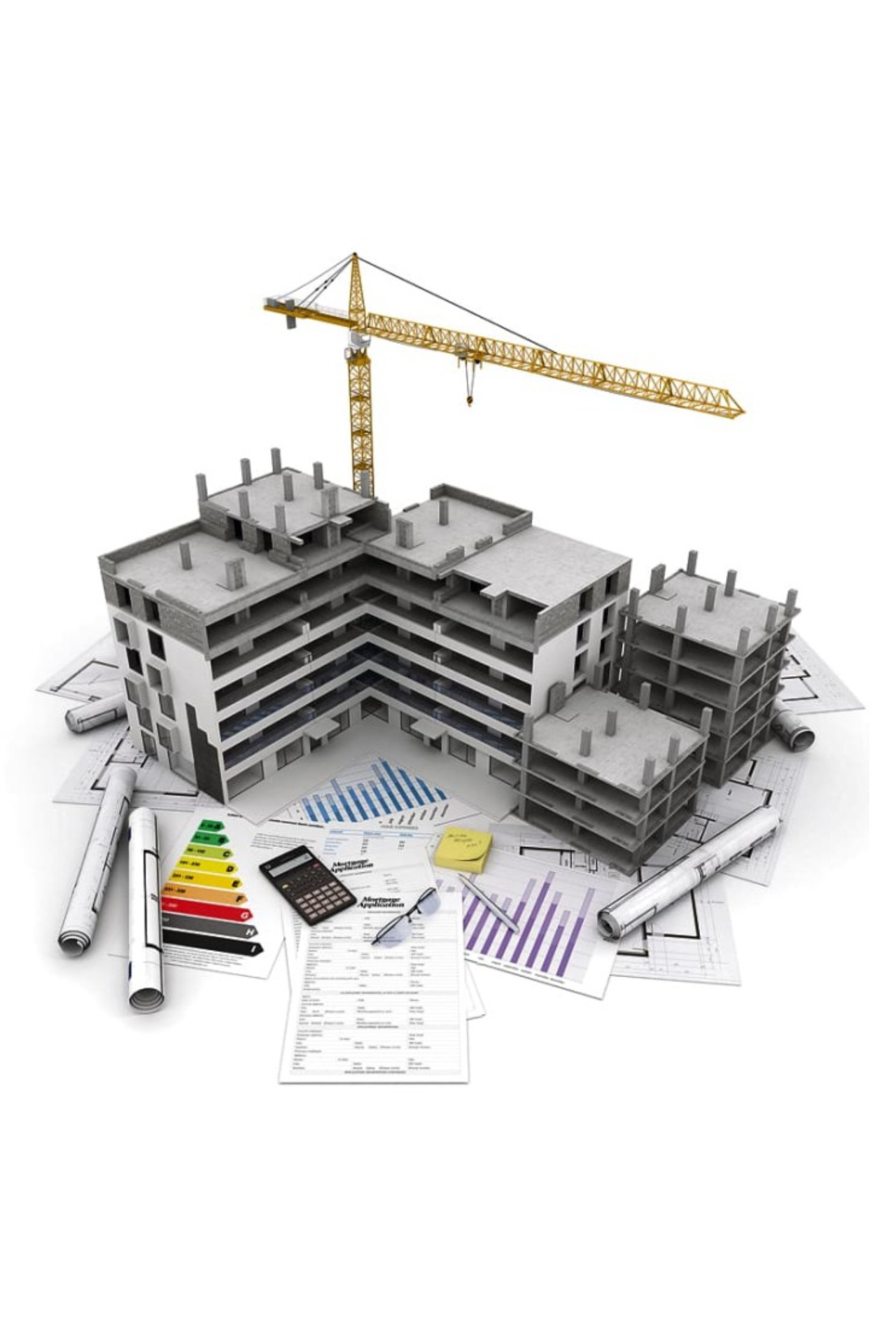Structural engineering services are crucial for designing, analyzing, and ensuring the safety and stability of structures. These services apply principles of physics and mathematics to create structures that can withstand various loads and environmental conditions. Here’s a breakdown of the key aspects of structural engineering services:

1. Structural Design
- Conceptual Design: Developing the initial design concepts and feasibility studies for structures based on client needs and site conditions.
- Detailed Design: Creating detailed plans and specifications for structures, including calculations and drawings that ensure safety, functionality, and compliance with building codes.
2. Structural Analysis
- Load Analysis: Evaluating the loads and forces that a structure will experience, including dead loads, live loads, wind loads, seismic loads, and temperature effects.
- Stress and Strain Analysis: Analyzing how materials will respond to various forces and stresses to ensure they will not fail.
3. Materials Selection
- Material Evaluation: Choosing appropriate materials (concrete, steel, timber, etc.) based on strength, durability, and cost.
- Performance Testing: Assessing the performance of materials under different conditions.
4. Structural Health Monitoring
- Inspection and Maintenance: Regular inspections to assess the condition of existing structures and recommend maintenance or repairs.
- Monitoring Systems: Implementing systems to monitor the structural integrity and performance of critical structures in real-time.
5. Retrofit and Rehabilitation
- Assessment: Evaluating existing structures for upgrades or modifications needed to meet current standards or enhance performance.
- Design and Implementation: Designing and overseeing the implementation of retrofit solutions to extend the life of a structure or improve its capacity.
6. Seismic Design and Analysis
- Earthquake Engineering: Designing structures to withstand seismic events, including the use of base isolators, damping systems, and other technologies to reduce seismic impact.
7. Specialty Engineering
- Bridge Engineering: Design and analysis of bridges, considering factors like load distribution, material strength, and environmental impact.
- Tall Buildings: Designing skyscrapers and other high-rise structures, focusing on wind loads, structural stability, and safety.
8. Compliance and Codes
- Building Codes: Ensuring designs meet local, national, and international building codes and regulations.
- Safety Standards: Adhering to standards to ensure the safety and health of occupants.
9. Consultation and Project Management
- Consulting: Providing expert advice during the planning and design phases to ensure structural integrity and compliance.
- Project Management: Overseeing the construction process to ensure that the design is implemented correctly and on schedule.
10. Sustainability and Innovation
- Green Building Design: Incorporating sustainable practices and materials to reduce environmental impact.
- Innovative Solutions: Using cutting-edge technology and design methods to solve complex structural challenges.


